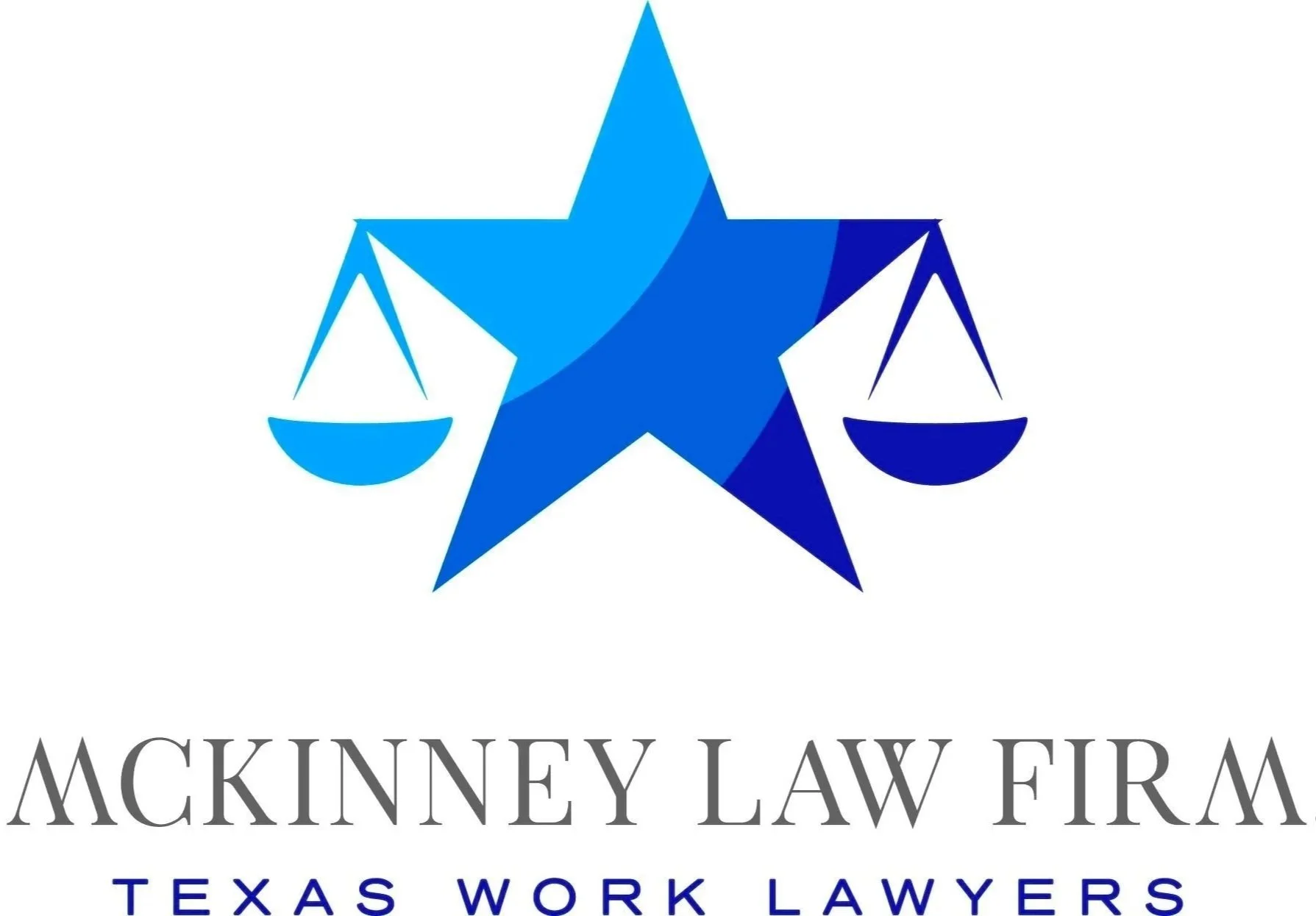2023: A Year of Upheaval and Change in Employment Law
/2023 was a year of significant shifts and uncertainties in the landscape of employment law. From pivotal court rulings to evolving legislation and agency actions, the workplace landscape felt less like a steady office desk and more like a rocking chair on a turbulent ship. As we sail into calmer waters (hopefully), let's take a look back at the five biggest developments that will continue to shape the world of work:
1. The Rise of Worker Power:
2023 witnessed a surge in unionization efforts across industries. From Amazon warehouses to Starbucks baristas, workers embraced collective bargaining as a tool to secure better wages, benefits, and working conditions. This resurgence echoes the labor movements of the past, prompting employers to rethink their strategies and adapt to a more empowered workforce.
2. The Blurring Lines of Joint Employers:
The National Labor Relations Board (NLRB) signaled a return to the Obama-era "joint employer" standard, potentially making it easier for workers to hold multiple companies accountable for their employment practices. This new standard broadens the definition of who can be considered an employer, impacting franchising, staffing agencies, and other arrangements where workers may have ties to multiple entities.
3. Non-Compete Agreements Under Scrutiny:
The legality of non-compete agreements faced increasing challenges in 2023. General Counsel Jennifer Abruzzo of the NLRB issued a memorandum asserting that many such agreements violate workers' rights to organize and bargain collectively. Additionally, several states enacted legislation restricting or banning non-compete agreements, further limiting employers' ability to restrict workers' mobility.
4. Pay Transparency Takes Center Stage:
The movement for pay transparency gained momentum in 2023. Several states enacted new laws requiring employers to disclose salary ranges for open positions, empowering job seekers to negotiate fairer compensation. This trend towards transparency is likely to continue, challenging established wage secrecy practices and promoting greater pay equity.
5. The Future of Leave: Finding a Balance:
The debate over paid sick and family leave remained heated in 2023. While some states implemented new leave mandates, others grappled with balancing workers' needs with concerns about business costs. The federal Family and Medical Leave Act also saw an expansion of coverage, further blurring the lines between personal and professional time.
These five developments represent just a snapshot of the dynamic year that was 2023 in employment law. As we look ahead, we can expect continued focus on worker power, evolving agency interpretations, and a search for balance between individual rights and business imperatives. The year ahead promises to be just as exciting and transformative, reminding us that the workplace is never truly static, but a continuous dance between legal frameworks and the ever-changing needs of both workers and employers.









